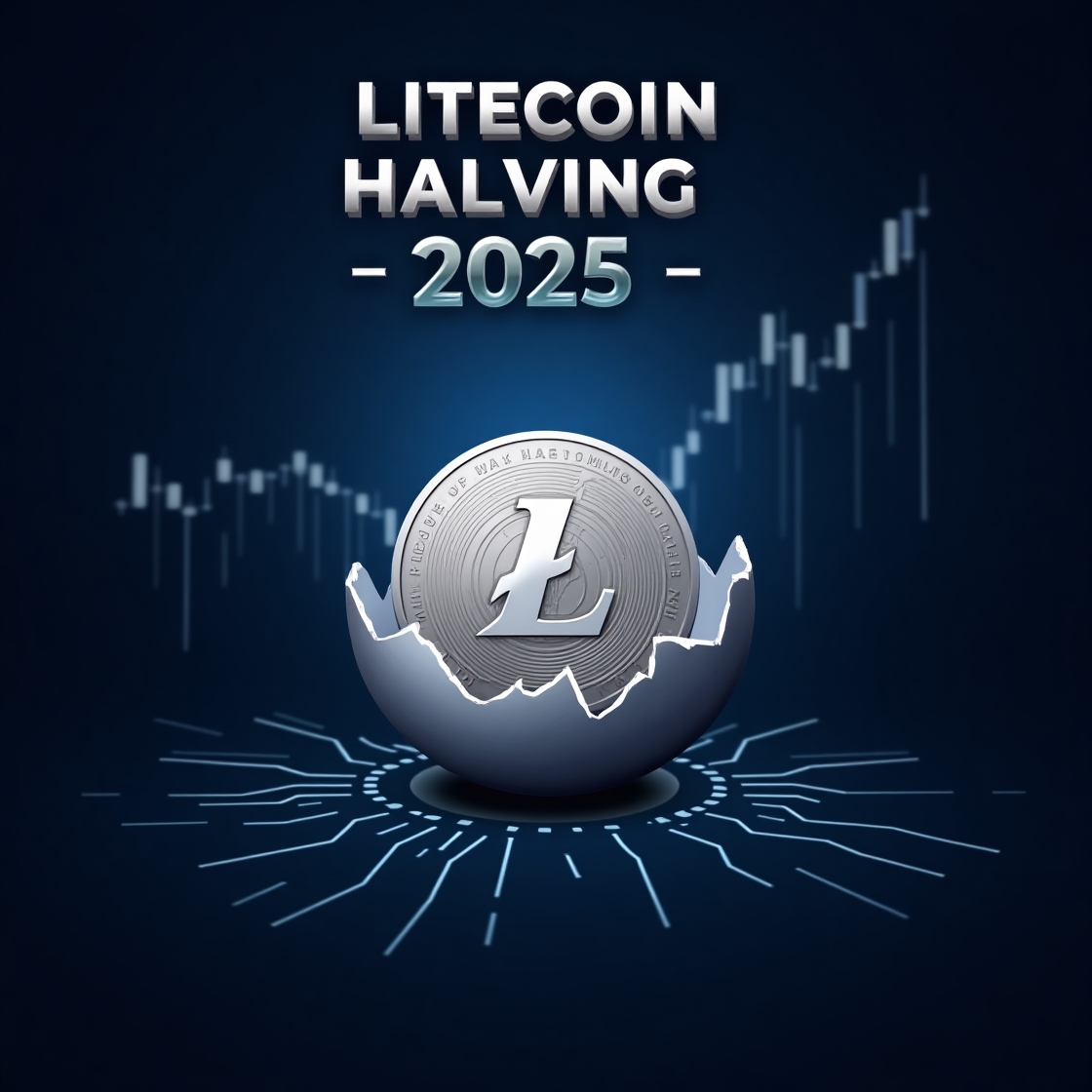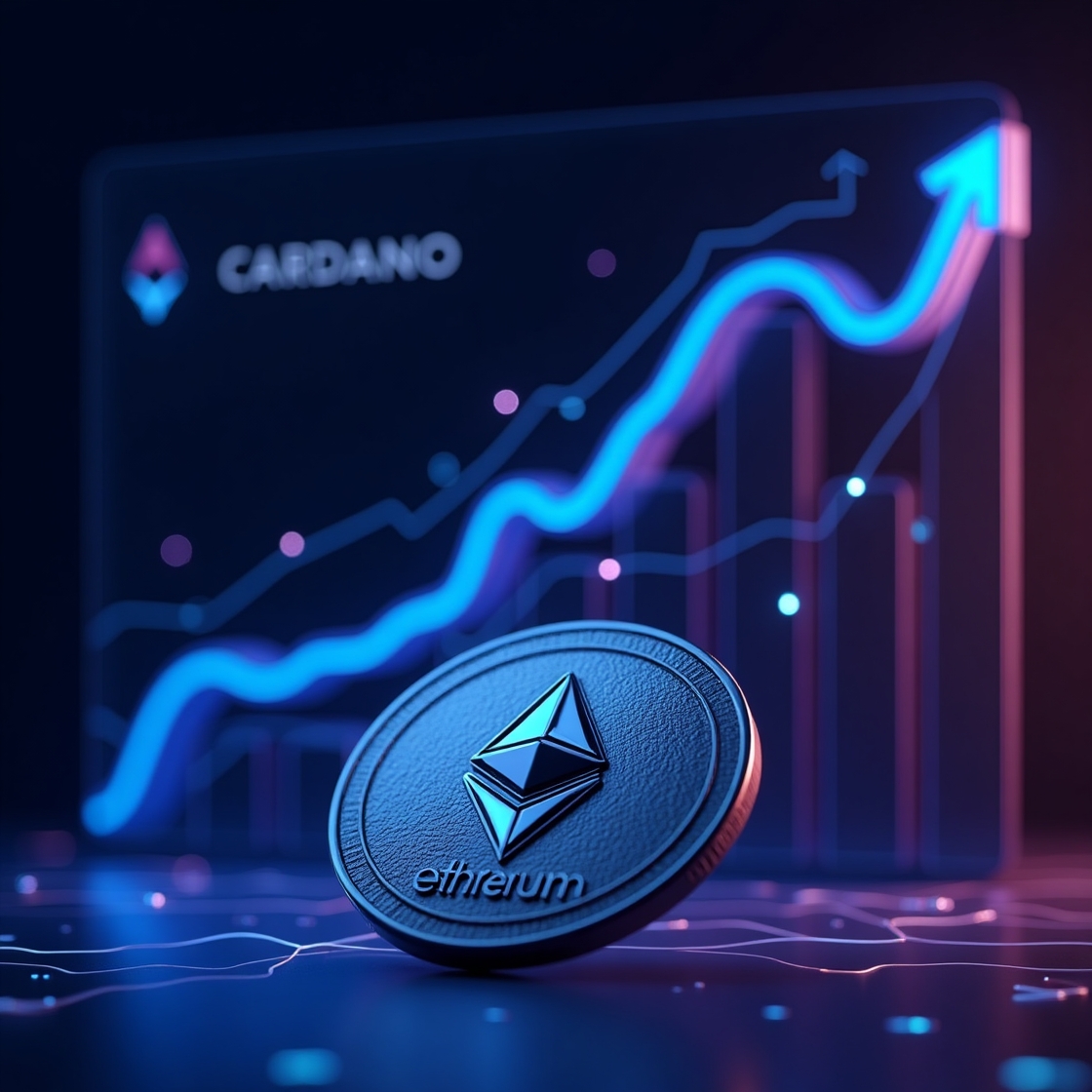Litecoin Halving 2025: What to Expect from the OG Altcoin
As the cryptocurrency world steadily advances toward 2025, one event is capturing the attention of both seasoned investors and curious newcomers: the Litecoin halving. Set to occur sometime in August 2025, this scheduled reduction in mining rewards is more than just a technical milestone—it’s a pivotal moment for the long-running altcoin and the broader crypto landscape. Known as the “OG altcoin,” Litecoin (LTC) has consistently maintained relevance since its launch in 2011, even amidst the rise of newer, more hyped digital assets. But what exactly is halving, and what can we expect from Litecoin as it undergoes its fourth such event?
What is Litecoin Halving?
Halving is a programmed event in Litecoin’s code that occurs approximately every 840,000 blocks, or roughly every four years. It cuts the block reward miners receive for validating transactions and securing the network by 50%. The first halving occurred in 2015, reducing rewards from 50 LTC to 25 LTC. The second came in 2019, bringing it down to 12.5 LTC, and the most recent halving in August 2023 slashed it further to 6.25 LTC.
In 2025, this reward is set to drop to 3.125 LTC per block. This decrease directly impacts the supply issuance rate of Litecoin, reinforcing its deflationary nature and often stirring speculation about price appreciation due to scarcity.
Why It Matters
For any proof-of-work cryptocurrency, halving is a crucial economic lever. By reducing the rate at which new coins enter circulation, halving tightens supply—at least in theory—while demand may remain the same or even increase. This dynamic has historically fueled bullish market sentiment around similar events, most notably with Bitcoin.
While Litecoin may not garner the same headlines as Bitcoin or Ethereum, it remains one of the most transacted and widely accepted digital assets globally. Often referred to as the “silver to Bitcoin’s gold,” Litecoin is prized for its speed, low fees, and network stability. The halving event in 2025 is not just a change in code; it’s a moment that could potentially reignite interest in LTC as both a store of value and a transactional currency.
Price Speculation: Will History Repeat Itself?
Looking back, Litecoin’s previous halvings have often been followed by notable price movements. In 2015, the coin saw a brief surge before retracing, while in 2019, LTC experienced a significant rally in the months leading up to the halving, climbing from under $30 to over $140 before eventually correcting. A similar pattern emerged before the 2023 halving, with LTC peaking mid-year before stabilizing.
If history is any guide, traders may begin positioning for a pre-halving rally by early 2025, anticipating a surge in demand. However, it’s worth noting that the macroeconomic environment, Bitcoin’s own halving in 2024, and overall market sentiment will also heavily influence Litecoin’s trajectory.
That said, Litecoin’s price movements are often less volatile than more speculative altcoins, making it an appealing option for long-term investors who value consistency and a strong track record.
Impact on Miners
The halving event poses a significant economic challenge for Litecoin miners. With rewards halved, profitability is immediately affected—unless offset by a rise in LTC’s market price. For small and mid-sized mining operations, this can mean operating at a loss unless they have access to very low-cost electricity or high-efficiency hardware.
The reduced reward might drive some miners out of the network, potentially lowering the hash rate temporarily. However, Litecoin has proven resilient in the past, with miners gradually adjusting to new reward structures and difficulty recalibrations smoothing out the transition. Additionally, Litecoin’s merged mining with Dogecoin (via auxiliary proof-of-work) offers an added incentive for miners to stay active.
The Broader Implications
Litecoin’s halving isn’t just a technical event—it’s also a psychological one. In a market often driven by narrative and sentiment, halvings serve as built-in marketing moments that bring attention back to foundational cryptocurrencies. As newer, untested projects rise and fall, Litecoin continues to deliver a reliable and predictable monetary policy.
Moreover, the halving reinforces Litecoin’s place as a deflationary asset. In a world grappling with inflation and economic uncertainty, assets with fixed or decreasing supply can become increasingly attractive. The LTC halving could drive renewed institutional interest, particularly from investors seeking alternatives to Bitcoin that still offer strong fundamentals and liquidity.
Litecoin’s Role in the Evolving Crypto Landscape
While Litecoin may not offer flashy smart contracts or DeFi ecosystems like Ethereum or Solana, it has carved out a niche as a fast, low-fee digital payment method. It’s integrated into major payment platforms like BitPay, accepted by numerous merchants, and supported by a wide range of wallets and exchanges.
In recent years, Litecoin has also explored upgrades like MimbleWimble Extension Blocks (MWEB) for optional privacy and fungibility. These developments, combined with its strong security and longevity, position LTC as more than just a legacy coin—it’s a viable, evolving project with real-world use.
Final Thoughts
The Litecoin halving in 2025 is shaping up to be a pivotal event, one that could redefine LTC’s position in the crypto ecosystem. Whether you’re a miner, a trader, or a long-term holder, understanding the dynamics of halving can provide valuable insights into what lies ahead.
Will Litecoin’s price rally as it has in the past? Will mining rewards drop enough to shake up the network? Or will this halving mark a quiet but steady step forward for one of crypto’s most enduring projects?
No one can say for sure, but one thing is certain: Litecoin isn’t going anywhere—and in 2025, all eyes will once again turn to the original altcoin to see what the next chapter holds.




Post Comment